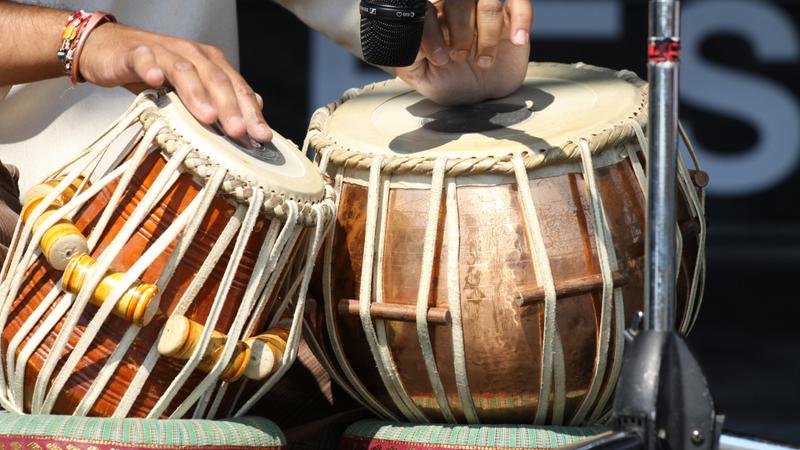Published 10:19 IST, May 5th 2024
The Evolution Of Carnatic Music From Devotional Tunes To Fusion Of Melodies
As a living tradition, Carnatic music embodies the beauty and diversity of Indian classical music.

Differences between Hindustani and Carnatic music | Image:
Unsplash
- Listen to this article
- 2 min read
Advertisement
10:19 IST, May 5th 2024



